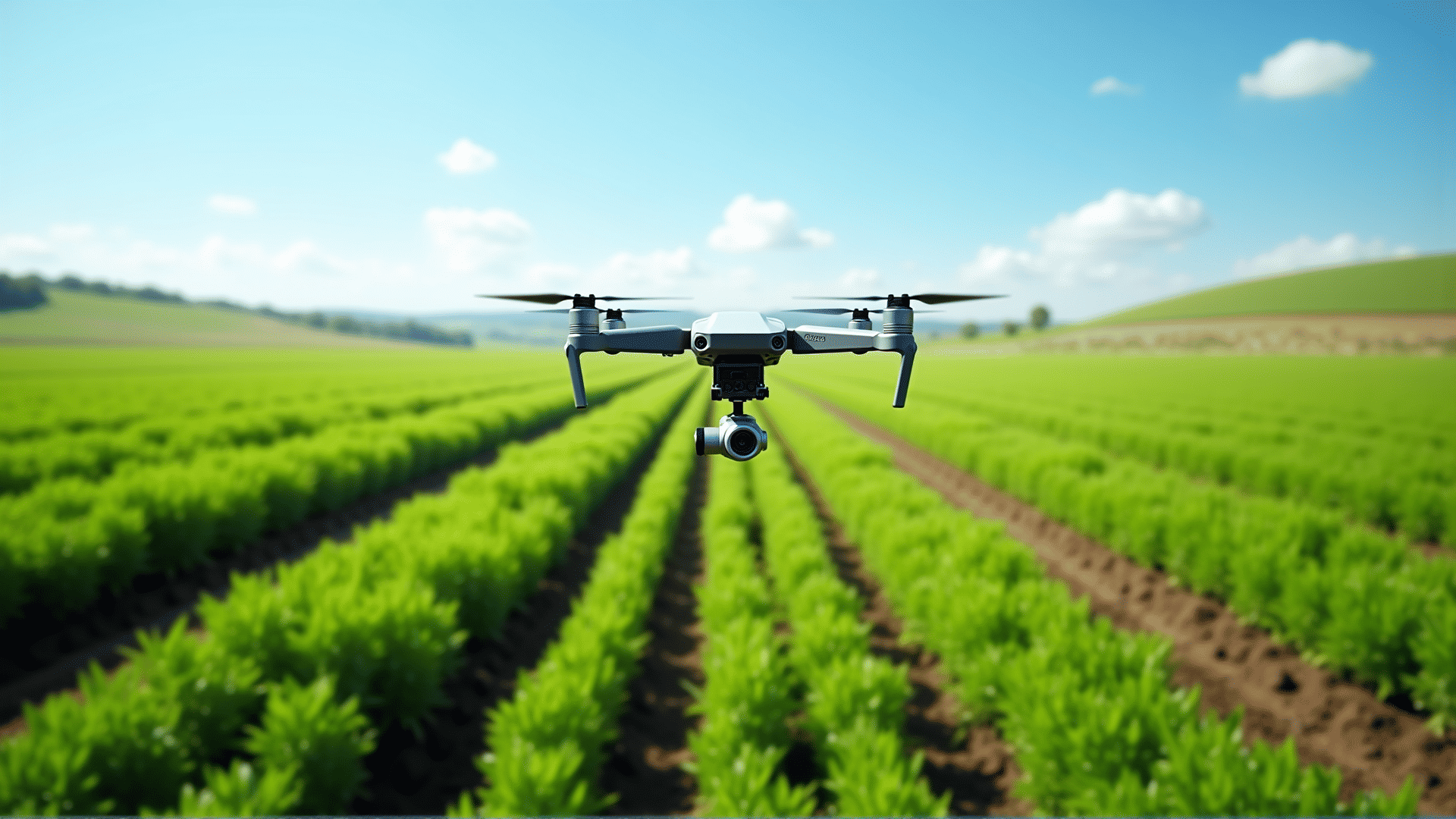In the heart of modern agriculture lies a technological revolution that's poised to redefine how we approach farming: drones. These flying marvels are increasingly finding their place in the skies above vast fields, serving as the farmers' new eyes and hands in enhancing productivity, monitoring crops, and managing fields with unprecedented precision.
Drones, or unmanned aerial vehicles (UAVs), have introduced a new era of precision agriculture. This leap into advanced farming techniques aids in overcoming traditional challenges such as unpredictable weather patterns, pest infestations, and the expansive nature of modern agricultural lands. By providing farmers with high-resolution aerial imagery and real-time data, drones equip them to make informed decisions that optimize crop yields and resource management.
Monitoring crops is one of the primary functions of agricultural drones. Equipped with sophisticated cameras and sensors, drones can capture detailed images that reveal the health and growth of crops. These multi-spectral images allow farmers to detect issues such as disease, water stress, or pest infestations early on, which are often invisible to the naked eye. By identifying these problems early, farmers can take corrective actions swiftly, thus safeguarding their yields and minimizing losses.
Moreover, drones offer a significant advantage in managing fields. They enable farmers to conduct soil analysis with greater accuracy, facilitating effective soil management practices. Through aerial imaging, drones can assess soil conditions and provide data on moisture levels, nutrient distribution, and even the potential for soil erosion. This information is invaluable, allowing for precise field mapping that guides the application of fertilizers, irrigation, and other inputs essential for optimal crop growth.
Drones also contribute to enhancing productivity by performing tasks that historically required extensive manual labor. For instance, they have become instrumental in tasks like planting and spraying crops. Certain drones are designed to plant seeds at a rapid pace and with remarkable accuracy. Meanwhile, others are equipped with spraying systems that distribute pesticides and fertilizers evenly across large fields, reducing the need for human labor and lowering the potential for human exposure to chemicals.
Beyond these immediate applications, the data collected by drones plays a crucial role in long-term planning and sustainability. By integrating drone data with advanced analytics and machine learning, farmers can draw insights into trends and patterns that inform future agricultural strategies. This paves the way for sustainable practices that not only enhance productivity but also protect vital environmental resources.
In conclusion, drones are revolutionizing farming by bridging the gap between traditional agricultural methods and cutting-edge technology. They are empowering farmers to maximize efficiency, reduce waste, and ensure healthier crop yields. As the technology continues to evolve, the potential for drones in agriculture will only expand, offering new ways to meet the growing demands of food production while safeguarding our planet's future. The sky, it seems, is no longer the limit—it's the future of farming.
